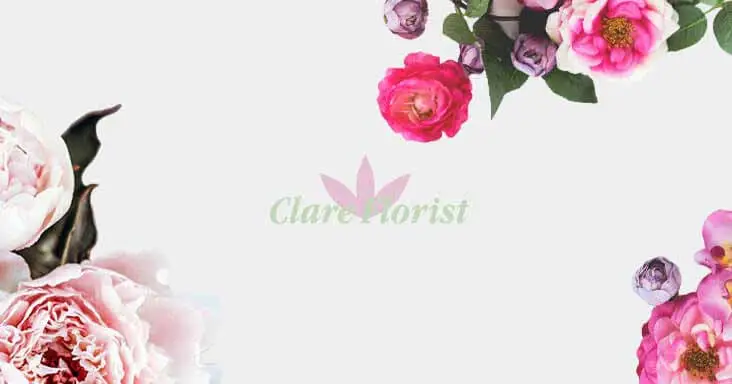As we get closer to Christmas (only 13 days now) we will be taking a look at all those different types of foliage we associate with Christmas, from poinsettia to Christmas trees, each one is steeped in symbolism and tradition that is really quite interesting. Today we will look at one of the most symbolic pieces of foliage of this winter season, one you will find hanging on many front doors, in homes and offices or even as the centre piece on a table, its non other than the Christmas Wreath.
Wreaths have been used symbolically for centuries. As early as in ancient Rome, wreaths became a symbol for powerful people and given as gifts for victories in battle. The name wreath is thought to be linked to the word wrist and the old English word wrethe which means a twisted band or ring of leaves or flowers. The circular shape of the wreathe symbolises eternal life with a circle having no beginning or end, the addition of colourful, bright foliage and materials into the wreathe stood out and brightened up the home in the bleak and desolate winters.
One of the reasons holly is used within a festive wreaths is that the ancient Druid priests believed that holly with its shiny prickly leaves, glossy finish and lush red betties had magical powers as it stayed ever green all year round. Because it was considered to be pagan, in 575 AD it was forbidden by a Catholic bishop and it would take a long time for holly and ever greens to fall back in favour with the church.
Christmas wreaths these days can come with many designs, sizes and with variety of additional foliage but each with fall into one of two main categories, wither they will be a decorative wreath or a advent wreath. The decorative wreath is a festive decoration, like a Christmas tree or Christmas lights whereas the advent wreaths celebrate the everlasting light of Christ with 5 candles each light in the weeks running up till Christmas.






